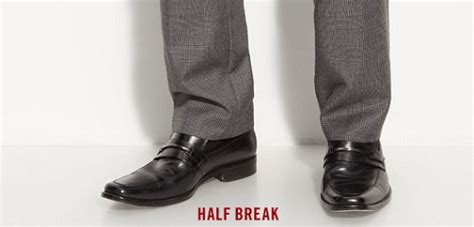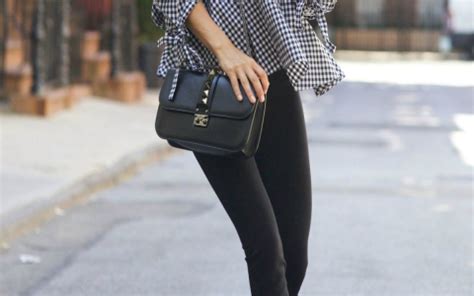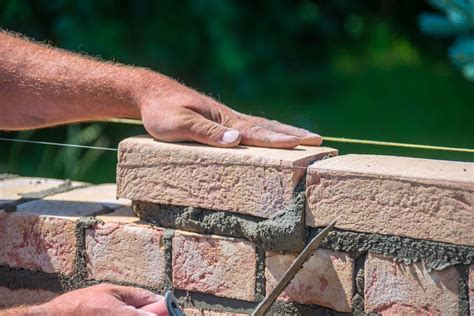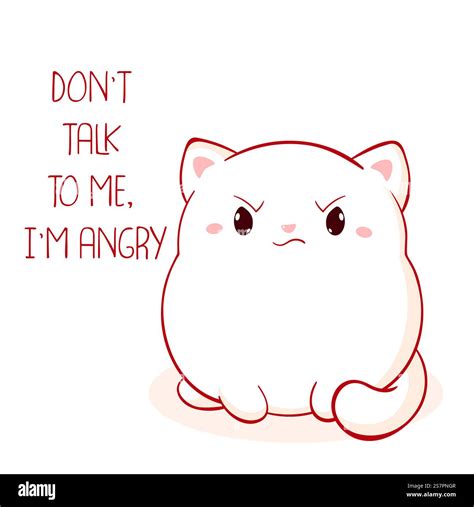The “break” in a man’s trousers refers to the crease or fold formed when the fabric of the trouser leg meets the shoe. It’s a subtle detail, but one that significantly impacts the overall silhouette and sophistication of an outfit. Mastering the ideal trouser break is crucial for achieving a polished and contemporary look, balancing comfort with sartorial elegance.
Understanding Trouser Breaks
There isn’t a single “correct” break; rather, it’s a spectrum of styles, each conveying a different aesthetic. Your choice often depends on the cut of your trousers, the footwear you’re wearing, and the desired level of formality.

No Break / Floating Break
This modern style features trousers that just skim the top of the shoe, with no fold or crease. It’s common with very slim-fit trousers or those with a tapered ankle, often paired with sleek footwear like loafers or minimalist sneakers. This look elongates the leg and is popular in contemporary fashion, offering a clean, sharp aesthetic. The hem usually sits just above or at the ankle bone, sometimes revealing a little sock or ankle.

Slight Break / Kiss Break
Considered the most versatile and universally flattering option by many sartorialists, the slight break involves a very gentle, almost imperceptible fold where the trouser barely touches the shoe. The hem rests lightly on the vamp of the shoe, creating a clean line that subtly drapes. This break works well with most trouser styles, from slim to straight-leg, and is suitable for both formal and business-casual settings.

Medium Break
A medium break creates a single, distinct crease at the front of the trouser leg where it meets the shoe. The fabric extends a bit further down, covering more of the shoe’s laces or vamp. This is a more traditional and conservative choice, often seen with classic suit trousers or wider-leg pants. It offers a slightly relaxed but still formal appearance and is a safe bet for most professional environments.

Full Break
Characterized by multiple, prominent folds around the ankle, a full break means the trouser leg is quite long, covering a significant portion of the shoe. While once standard for bespoke suits, this style is now largely considered outdated for most modern aesthetics, though it can still be found on very wide-leg or traditional pleated trousers. It tends to shorten the appearance of the leg and can look sloppy if not tailored precisely for the wearer.
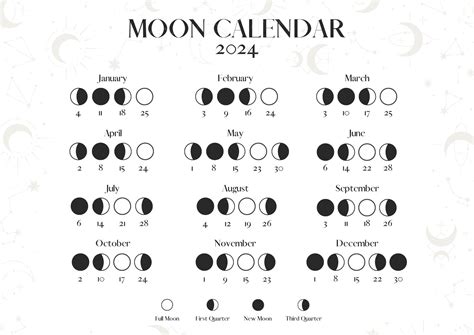
Factors to Consider When Choosing Your Break
- Trouser Cut: Slim-fit or tapered trousers naturally lend themselves to a no-break or slight break. Wider, straight-leg, or pleated trousers can accommodate a slight to medium break more elegantly.
- Footwear: The type of shoe significantly influences the ideal break. Dress shoes (oxfords, derbies) generally pair well with a slight to medium break. Loafers, monks, and sneakers often look best with a no-break or very slight break.
- Personal Style & Occasion: A no-break or slight break speaks to a more contemporary, fashionable sensibility, suitable for modern workplaces and casual outings. A medium break leans more traditional and formal.
- Body Type: Taller men can often pull off a medium break without appearing shortened, while shorter men might prefer a no-break or slight break to elongate their legs.
- Comfort: Ultimately, the trousers should feel comfortable. The break shouldn’t hinder movement or feel restrictive.
How to Determine Your Ideal Break
- Wear the Right Shoes: Always try on trousers with the specific shoes you intend to wear them with most often. Even a slight difference in shoe height can change the break.
- Stand Naturally: Stand straight, looking forward, with your weight evenly distributed. Don’t slouch or stretch your legs.
- Observe the Front and Back:
- Front: Check for the desired amount of fabric fold.
- Back: The hem should ideally just cover the top of the shoe’s heel cup, or a little higher for a no-break look. Avoid the trouser dragging on the ground behind the heel.
- Walk Around: Move naturally to ensure the trousers don’t ride up too high or catch on your shoes.
- Consult a Tailor: A professional tailor is invaluable. They can assess your posture, preferred footwear, and body type to recommend and execute the perfect hem for you. Don’t be afraid to specify your desired break.
Conclusion
The ideal trouser break is a blend of personal preference, current style trends, and the specific trousers and shoes you’re pairing. While there’s no single “right” answer, understanding the different types of breaks—from the modern no-break to the classic medium break—empowers you to make informed decisions that elevate your sartorial game. Experiment, pay attention to the details, and when in doubt, a subtle slight break is almost always a safe and stylish bet.
